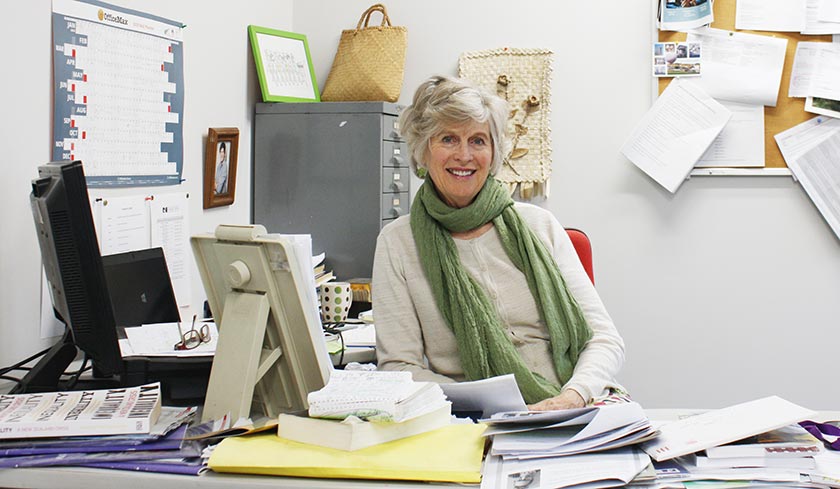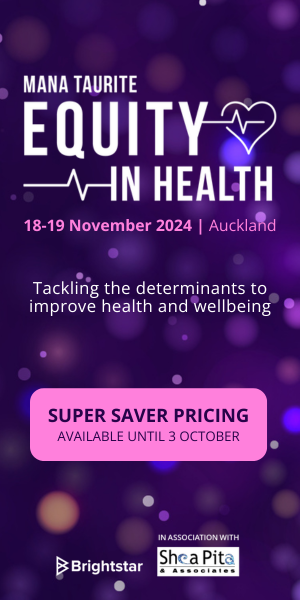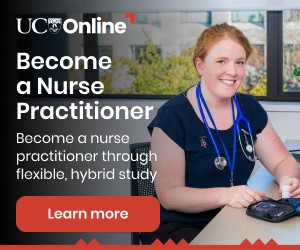Deciding when to retire has been a difficult decision, made much harder by the arrival of COVID-19, having to work from home for weeks and all the extra work covering the pandemic and nurses’ experiences of it.
Kai Tiaki Nursing New Zealand has been my working life for the past quarter of a century. I came to the job with little knowledge of nursing and health – it’s been a fascinating journey and I’ve learned so much.
One of the great pleasures of being part of the co-editing team has been its collegiality. For the first 16 years, I worked exclusively with Teresa O’Connor, then Kathy Stodart joined the team, and in 2015, Mary Longmore, all of us juggling various combinations of part-time hours, and within a non-hierarchical structure.
As I tidy my desk and log out for the last time, I do so realising that the team and readers are entering a new era. Although a flipbook, online version of Kai Tiaki is now available through ISSUU, a superior digital platform is being developed, to be trialled over the coming months. How much choice readers will get as to whether they continue to receive printed copies or whether online will be the direction taken for all remains to be seen. Finances will no doubt play a crucial role in these decisions.
When Teresa and I were the only co-editors, it was inevitable we would develop a strong bond. We often joked, especially at staff conferences, that we shared a brain, as we seemed to know exactly what the other might say or be thinking at any one time.
There have been many professional and personal highlights over the past 25 years. It is perhaps foolish to single out any, but I will take the risk. Touring parts of Northland with the late Noeline Warmington, then Te Rūnanga chair; profiling migrant nurses; covering a myriad of nursing conferences including South Pacific Nurses fora and the International Council of Nurses 25th quadrennial congress in Melbourne in 2013; working on our 2008 centennial issue marking 100 years of continuous publication of the journal; and getting to know cultural safety pioneer Irihapeti Ramsden, who advised us on our special cultural safety issue in February 2001.
International presentations
Teresa and I have also co-presented at international nursing editors’ conferences, the most notable in Padua, Italy, in 2008. Here, we received a standing ovation – perhaps as much for the style of our address as for its content. Our topic was an analysis of the deep divisions among the nursing community of New Zealand following our publication in 2006 of Who Cares, a photographic essay on aged care. For some people, the 39 black and white photos by Alan Knowles, of residents and their carers, exploited the elderly. Photos of frail and sometimes naked bodies were being used for cynical political and union ends. For others, including Teresa and myself of course, the photos highlighted the intimate relationships between carers and residents, whom they treat and love like members of their own family.
The photo essay and resulting furore have been the most demanding event during my 25-plus years with Kai Tiaki Nursing New Zealand. It is also one that brought a great deal of pride and professional satisfaction.
Teresa and I worked on another photo essay a few years later, to mark NZNO’s centennial in 2009. More than 100 photos were submitted from a range of practice areas. The winning shot by Pamela Hill showed a district nurse bathing the feet of a South Auckland man in his home in Otara.
Outside of work, theatre is one of my great passions. I managed to harness my acting skills when Teresa and I proposed that NZNO make an educational DVD showing how prejudice and unsafe attitudes can play out in the workplace. Teresa and I wrote the six scenarios for this resource – Harmless nursing chat or alienating attitudes? – and donned blue nursing uniforms. Another staff member, Liz Robinson, made up the cast of three. The scenarios, which primarily explore racist and homophobic attitudes and how to confront them, have proved an effective teaching tool, and were made to mark 20 years since cultural safety was included in nursing and midwifery education.
I shall miss the community of work – karakia and waiata to start the day, the shared morning teas, doing the five-minute quiz over coffee, celebrating milestones in the lives of colleagues. But I leave with gratitude – for the opportunity to hone my writing, editing and page design skills, and to enter in such depth the worlds of nursing and health. Interviewing nurses the length and breadth of the country has been a privilege and has helped me appreciate that the very best nurses are the finest and most inspiring people you could ever wish to meet.




